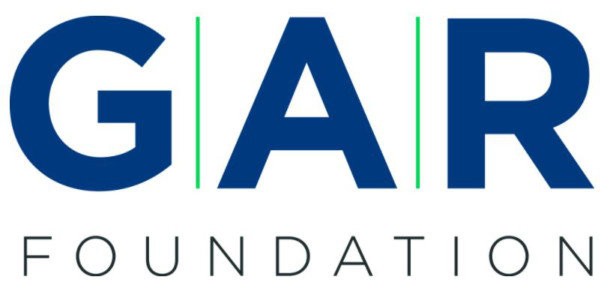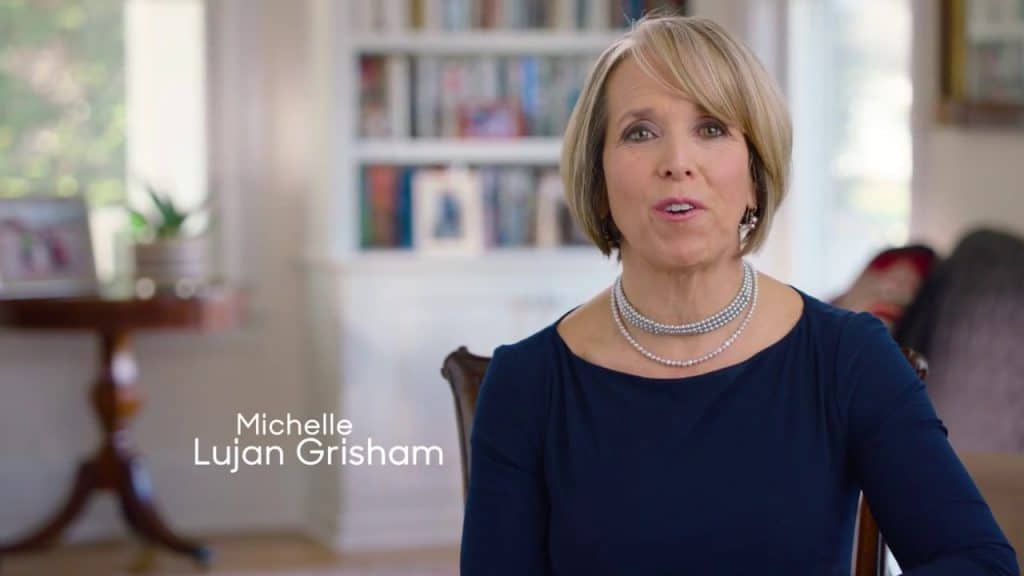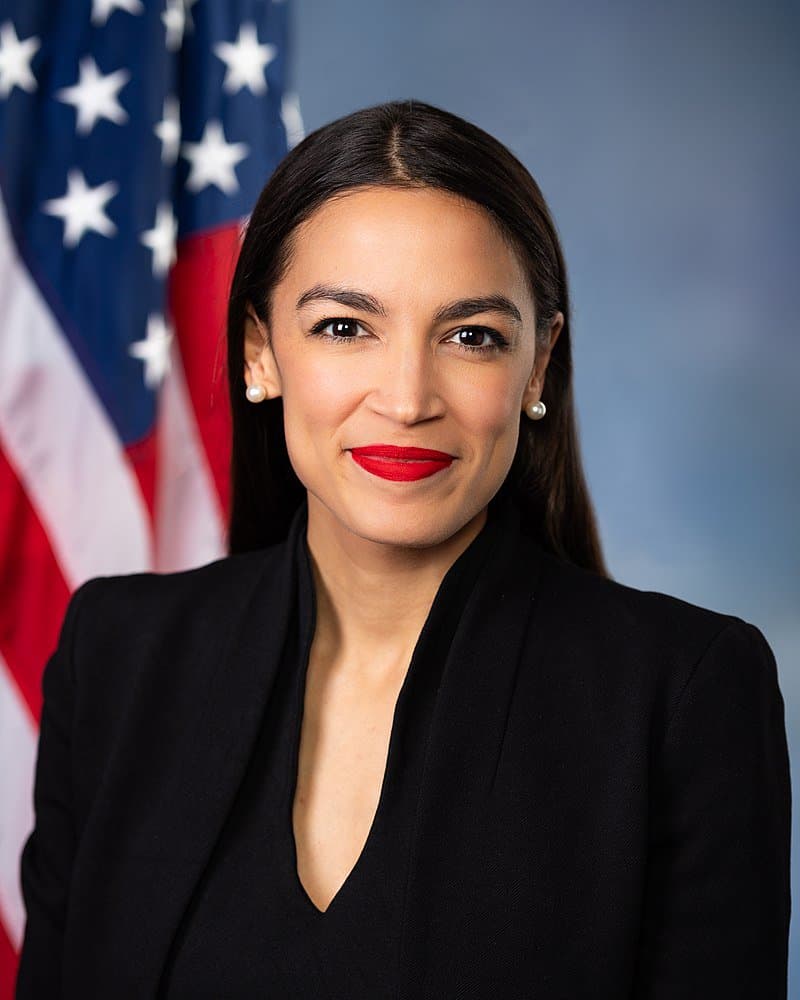
Pam Allyn and Carol Chanter offer four ways to transform the professional learning experience
“So many of the teachers in my large district need more professional support than I can give them on any given day, and I have new teachers coming in all the time.”
This was what rested most heavily on the mind of a superintendent in terms of worry about his leadership of a school district we recently visited.
We know this is true for many administrators across the country. And beyond that, a pressing question is how to differentiate professional learning in exactly the way we hope to do for our students. How can we deliver targeted support for all teachers while leveraging the wide variety of their expertise and knowledge? How can we empower teachers to seek out exactly what they need or want to know more about? How can we retain great teachers and coach them so that their ongoing learning feels like a perk of the work they do, and not a mandate? As professional learning techniques continue to evolve, technology options expand, and we enter a new era in which everyone, including families and educators, is viewed as a learner, the questions come fast and furious. In this spirit, we posit that there are four major ways to support effective, powerful, and lasting professional learning experiences for all educators.
1. Blend it
A common challenge we hear from teachers, parents, students, and administrators is the difficulty in teachers leaving their classrooms during the school day for professional learning. Everyone knows professional learning is critically important, but this is a tough sticking point. This new era of professional learning gives us the opportunity to innovate what blended learning can look like for educators. There is no question that face-to-face learning is valuable, but we also know that today learning can be anywhere. The palm of a hand is now an opportunity for quick bites of knowledge or more in-depth articles and videos. A mix of face-to-face learning with online learning is a practical blend that helps to accommodate scheduling conflicts. To create the ideal scenario for your school or district, work with your professional development partner to customize your solution so that your teams are together for the kind of whole-group learning from which everyone can benefit, and individual time is spent tailored.
Focus face-to-face learning on new initiatives, new information, or timely topics such as technology, the latest developments in ESSA, or other new requirements. Additionally, whole-group professional learning can be very effective when you want to strengthen the school or district community and establish a “movement,” similar to a school assembly. But for the quieter work of building technical knowledge on everything from classroom management skills to new systems or new strategies, this can be done virtually in moments when teachers can devote their full attention to their learning and feel a growing sense of agency over the time and space to do it.
2. Disrupt the mindset
There is often a mindset in the arena of professional learning that the experience will be oppressive, dull, and predetermined. And for good reason, as so many of us have experienced precisely that. So, it is no wonder that educators often show up to professional learning with some resistance, and it takes the facilitator a bit of time to break through that, if he can do so at all. Wading through the thicket of resistance is hard for facilitators and hard for the listeners. But a great deal of this has to do with how everyone enters the experience. Teachers may feel the presenter does not know a thing about their experience, their students, or the work they have done to date. In order to counter this, it helps to work mindfully in advance to purposefully and positively disrupt this mindset.
Create a collaborative team of teachers and administrators who can work with the professional learning facilitator ahead of time to make sure they have all information needed for a successful experience. Make sure there is ample opportunity for teachers to weigh in beforehand either through a survey tool or via virtual documents, to share what questions are front and center for them or what they would want the facilitator to know specifically about their needs. Ensure that teachers can be part of the professional learning as leaders, demonstrating their knowledge, sharing artifacts, and embracing their knowledge and skills while progressing on their learning journeys.
It is also important to directly address the mindset with which participants enter a professional learning experience. Ask: What will it take for you to be the most open you can be as a professional learner, and what might get in your way? How can we remove these obstacles? How can we and others be of help to you? With this approach, potential barriers are openly and honestly called out and addressed. This lends itself to clarity around what has worked, what has not, and how to jointly share in the responsibilities for making the experience better. Together, you can create a chart before the start of a session called “Ways of Working” to determine shared values. How will ideas be debated? How will a lack of confidence with something that has been said be expressed? How will the group disagree in ways that still make everyone feel well regarded and secure? Figure out how to help the quiet voices grow louder and be aware of their interactions. There are plenty of unintentional things that cause people to feel unheard or shut down. Collaboration to establish a healthy learning community removes the fractious feelings that can be attached to new learning, and participants will feel less vulnerable when exploring different viewpoints and ideas.
Punctuating the year with special guests, visitors, partners, and authors is powerful. But learning from one another is powerful too. And after so much collaboration to create the tailored professional learning plan that works for your educators, your teachers and administrators together will feel more ownership and more open to providing professional learning for each other.
Finally, a debrief of the experience will be critical to ensure you are able to create an ongoing commitment to learning. Talk about how it went from the participating educators’ perspectives, what they took from it, and what they felt they were able to contribute. This is a reciprocal mindset. It takes everyone working together and pitching in to make a successful professional learning experience. It is not only up to the facilitator to create a desired outcome; it is about all of us.
3. Personalize learning
Whole-group learning is important, and we see this every day as we work with students of all ages. Being together on a shared learning journey is a powerful thing and satisfies something very human within us that wants to join together and experience community-based activities. But just as we cannot base our teaching practices entirely around whole-group learning experiences, we also need to vary things for adults. We need intervals of more personalized learning at every age. One size does not fit all. We cannot identify teachers as “grade-level” learners, or assess easily what knowledge is going to help transform a struggling teacher or propel a master teacher even further down the road to excellence. We all have our own strengths and weaknesses. For instance, we may be great on classroom management and really not so great at knowing how to teach phonics. We may be great at helping a child with a comprehension strategy but not so great at doing a read-aloud. There are layers upon layers of practice in our own repertoire, and unpacking all of it can feel daunting. To build an effective personalized plan for each educator, we do not have to become overwhelmed. Let this be a joint effort.
Create a committee for personalized professional learning composed of teachers, administrators, and anyone else involved in the work. Empower the group to establish several options for learning by interviewing and polling the teams. Develop a finite set of options that are based on the wide feedback and the vision the leader has for the school or district. For example, in a district where we planned a year of professional learning, the superintendent had the goal of wanting her teams to know how to implement a guided reading plan for students. The teachers concurred, but they also wanted to get more granular with setup of leveled libraries and book rooms, as well as with family and community engagement around literacy.
The final menu of options included Intro to Guided Reading, Advanced Guided Reading, and Family Connections to Students as Readers. The intro session focused on getting started, whereas the advanced sections focused on intentional and changeable groupings across the year. Teachers in the first group did not feel demeaned at all. They felt good that their needs were addressed, and they went into the work knowing they would have an important role in living toward the bigger ideals of the year.
In another instance, the district superintendent wanted to focus on attendance and link this theme to professional learning. Rather than institute a series of punitive measures, we made the case that increasing student engagement would get kids to come to school. We created a set of professional learning opportunities that centered on student engagement, with learning options in four strands: social-emotional learning, academic literacy, summer learning, and independent reading. Through the lens of student engagement, all teachers felt connected to one another while studying and sharing different aspects of their learning.
4. Keep it ongoing
Do not let time of year be a reason not to start professional learning today. Often we wait too long to plan professional learning or feel it must be timed with back-to-school—which comes upon us so very quickly. You are reading this article in February, the perfect time to begin planning what you want to focus on next year, with time left in this school year to address today’s challenges. If there is a problem your school or district is trying to solve, now is a moment to create a professional learning opportunity around it. No challenge is too large or too small. Some of the recent areas we have worked on include encouraging reading at home, teaching grammar in a way that really matters to students, and time management to best support students while working with small groups or individuals.
Set up a teacher cohort to work long term on the planning, and connect it always to the big ideas of the school or district. By involving stakeholders, the internal team can arrive at their own conclusions and implement new approaches. Have them begin surveying topics of focus for professional learning, and don’t forget the opportunity presented for new hires. Develop a professional learning intake survey as part of their onboarding. This immediately sets the stage for a safe learning environment for your teachers and ensures you don’t wait too long before you find out what they don’t know and want to know more about.
In parallel, you can begin to address more immediate needs. The teaching profession offers all of us an opportunity to come together in a welcome learning environment and stoke the fires of excellence. There are continuous opportunities for deeper professional learning that often start with smaller moments that feel more attainable. For example, book studies among educators with professional books, children’s books, and young adult books culminate in rich discussion and deeply satisfying, generative talk that leads to mutual new thinking.
Plan to make professional learning in your school or district powerful and enjoyable. Let there be a shared learning pathway for all of the educators in your community so that when you reach milestones, together or individually, there is a cause for celebration. We recently engaged with a district on a year-long super reader independent reading journey. We built in a scheduled day for a celebration so that the teachers were aware that the end of the year would provide a public way for them to share what they had learned and to receive welcomed feedback and affirmation for it. The teachers received warm feedback and accolades not just from each other but from the superintendent as well, and notes were sent out to parents so that they too could join in the compliments to the teachers for work well done—bringing in the entire community.
In our schools and our districts, we want to cultivate positive and welcoming communities in which students and educators will seek to grow and learn. Stretching ourselves as learners makes us stronger at every age. But in order for this to work well, conditions for learning have to feel good for all of us. Co-creating great outcomes is a team effort. We will be successful if we enter the professional learning journey together.
Pam Allyn, senior VP of innovation and development, Scholastic Education, is a world-renowned literacy expert, advocate, and author. She is the co-author of Every Child a Super Reader (Scholastic), the summer reading program LitCamp, and the new extended learning program LitLeague. She has also written Your Child’s Writing Life (Avery), Best Books for Boys (Scholastic), and The Complete Year in Reading and Writing, a K–5 series (Scholastic). Allyn is a national leader in the field of professional development and speaks globally on the learning lives of children and young adults. Among her many contributions to global literacy is her work as founder of LitWorld (litworld.org), a widely heralded global literacy organization serving children across the U.S. and in more than 60 countries.
Dr. Carol Chanter, senior VP of professional learning services, Scholastic Education, has more than 30 years of experience in general and special education, educational leadership, and K–12 literacy. Carol leads the company’s professional development consulting services business, supporting best practices in product usage and ongoing research-based professional development. In addition to being an expert speaker at industry conferences, Carol has authored and co-authored several books and articles and has taught courses at the University of Central Florida focused on contemporary issues in education, among other topics.
To learn more, visit scholastic.com/education.













